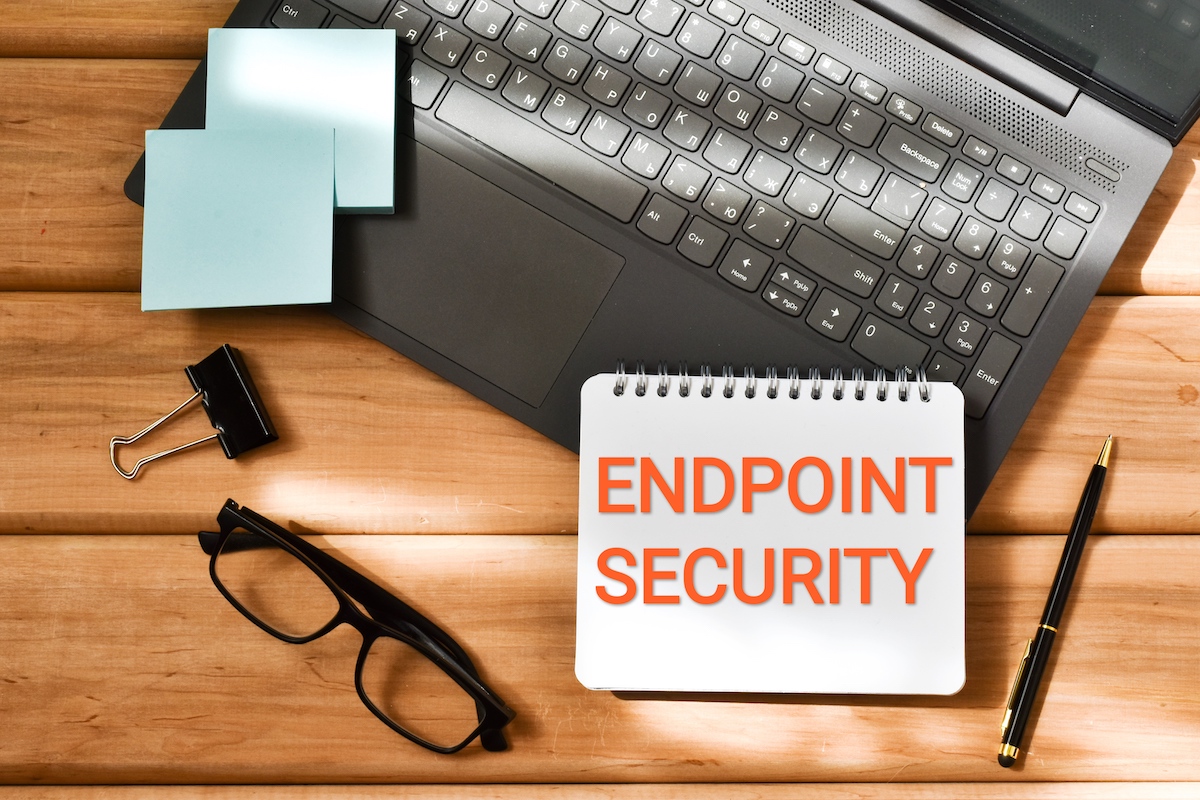What is Endpoint Security and How Does it Work?

Endpoint Security is Essential to Protecting Your Network and Your Remote Workforce
You may not realize it, but one of the biggest threats to your network could be lurking in a coffee shop or someone’s pocket. Today, 70% of breaches originate on endpoints like desktops, laptops, mobile phones or tablets. Endpoint security is essential to protecting your organization’s network and data from threats and malicious attacks.
The Evolution of Endpoint Security
It used to be that all of your network users sat in the same building and used the same computers to access on-premises data. All you needed to protect your network was a simple antivirus program that could detect known threats.
That’s not the case anymore.
In recent years, most organizations have not only changed how their employees work—with many different devices, cloud and SaaS applications—but also where they work. Employees are just as likely to work remotely as they are to be in the office. With the increase in remote and hybrid work, we’ve gone from the office to working from anywhere, including home, the local coffee shop or on an international flight. Users can be on devices and networks that you can’t control or secure.
Why Do I Need Endpoint Security?
Endpoint security helps organizations protect critical systems and sensitive data from cyberattacks like phishing, malware and ransomware. Sixty-eight percent of companies say they’ve had their data or IT infrastructure compromised through endpoint attacks. The endpoints on your network may reside outside of your office building, but they are vulnerable to attackers and frequently targeted.
Your employees may not know if the Wi-Fi they’re using right now is secure or not. Or if the network is running out-of-date antivirus software or unpatched operating systems, which can increase the risk of security vulnerabilities. That’s why it’s vital to have an endpoint security strategy that will prevent attacks before they happen, as well as detect and respond to attacks as they’re happening.
How to Protect Your Assets with Endpoint Security
When your users and devices are off-network, they are the most vulnerable. Endpoint security measures protect your assets while still allowing employees easy access to your organization’s network.
Three ways to keep endpoints secure without compromising employee productivity are:
- Verify—Establish that your users are who they say they are before you grant them access to the network. Do this by using multi-factor authentication (MFA), so your users are required to provide a second source of validation, like a phone or a token, to verify their identity.
- Access—Provide a secure access point for remote workers with a Virtual Private Network (VPN). No matter where your users are, a VPN provides a secure connection to your network.
- Defend—No matter what actions you take, attacks are still going to happen. Be ready for the inevitable by using DNS and endpoint security to block, detect and respond to attacks before they compromise your network.
Security Starts with OneNeck
Endpoint security isn’t something to leave to chance. As malicious attacks continue to rise, protecting your remote workers and securing endpoints is your first line of defense against a network breach.
At OneNeck IT Solutions, we’ve partnered with Cisco to provide a simple, effective security solution designed for your remote workers. Cisco’s Endpoint Security solution protects your remote workers by blocking endpoint attacks and helping you respond quickly to threats. OneNeck can help you protect your network with holistic security solutions that keep pace with the ever-changing cyber landscape.
Learn more by reading about endpoint security in this helpful guide from OneNeck and Cisco, Protecting Your Endpoints the Right Way.
Additional Resources:




